
Maintaining a comfortable temperature in your home is essential for your well-being, but sometimes, no matter how you adjust the thermostat, your home still feels too hot in the summer or too cold in the winter. If you’re experiencing inconsistent temperatures, your HVAC system may be the culprit. In this article, we’ll explore common HVAC issues that can lead to temperature discomfort and provide actionable solutions to fix them.
1. Incorrect Thermostat Settings or Malfunctions
Issue: Sometimes, the problem isn’t with your HVAC system but with the thermostat. Incorrect settings, dead batteries, or malfunctions can prevent your heating or cooling system from running efficiently.
Solution: Check your thermostat settings to ensure they’re appropriate for the season. If it’s programmable, verify that the schedule is set correctly. Replace the batteries if necessary and consider upgrading to a smart thermostat for better temperature control.
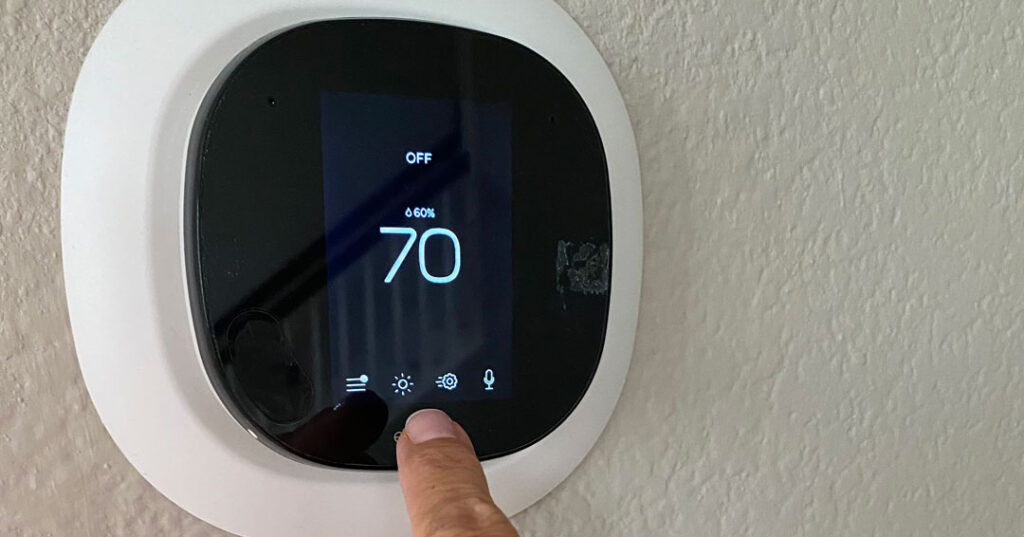
2. Clogged Air Filters
Issue: Air filters trap dust, dirt, and debris to keep your indoor air clean. However, when they become clogged, airflow is restricted, making it harder for your HVAC system to distribute air evenly throughout your home.
Solution: Change your air filters every 1-3 months, depending on your household's needs. If you have pets or allergies, you may need to replace them more frequently.
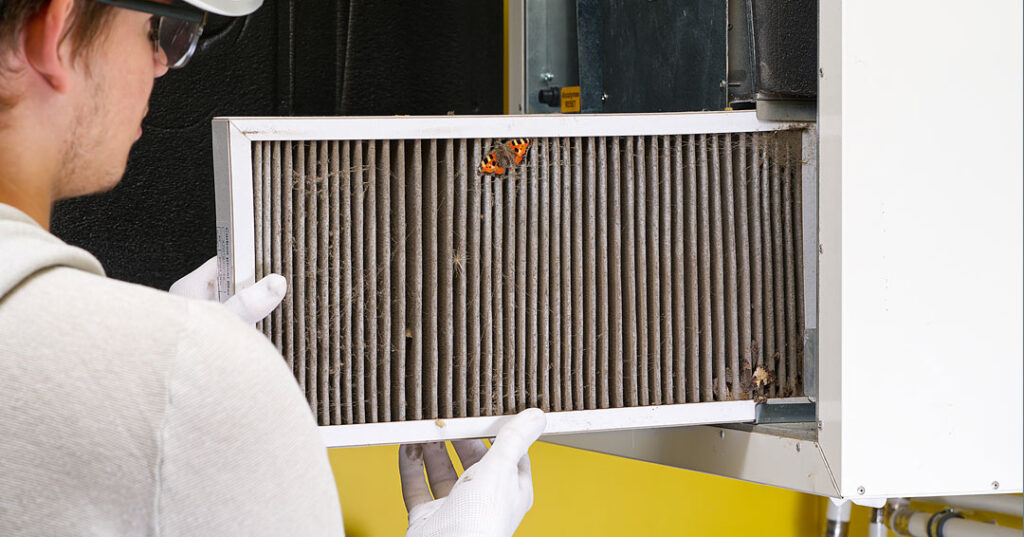
3. Leaky or Poorly Insulated Ductwork
Issue: If your ducts have leaks or are not properly insulated, conditioned air can escape before reaching your living spaces. This results in uneven temperatures and increased energy bills.
Solution: Have a professional HVAC technician inspect your ductwork for leaks and seal them with duct sealant or metal tape. Additionally, consider adding insulation to exposed ductwork in unconditioned areas like attics and basements.

4. Dirty or Blocked Vents and Registers
Issue: Blocked or dirty vents can prevent warm or cool air from circulating properly, leading to hot and cold spots in different areas of your home.
Solution: Ensure all vents are open and unobstructed by furniture or drapes. Clean the grilles and registers regularly to prevent dust buildup that could restrict airflow.

5. Improperly Sized HVAC System
Issue: If your HVAC system is too large, it may cool or heat your home too quickly, leading to frequent cycling and uneven temperatures. If it’s too small, it may struggle to maintain the desired temperature.
Solution: If you suspect your system is the wrong size, consult an HVAC professional to conduct a load calculation and determine whether an upgrade or modification is needed.
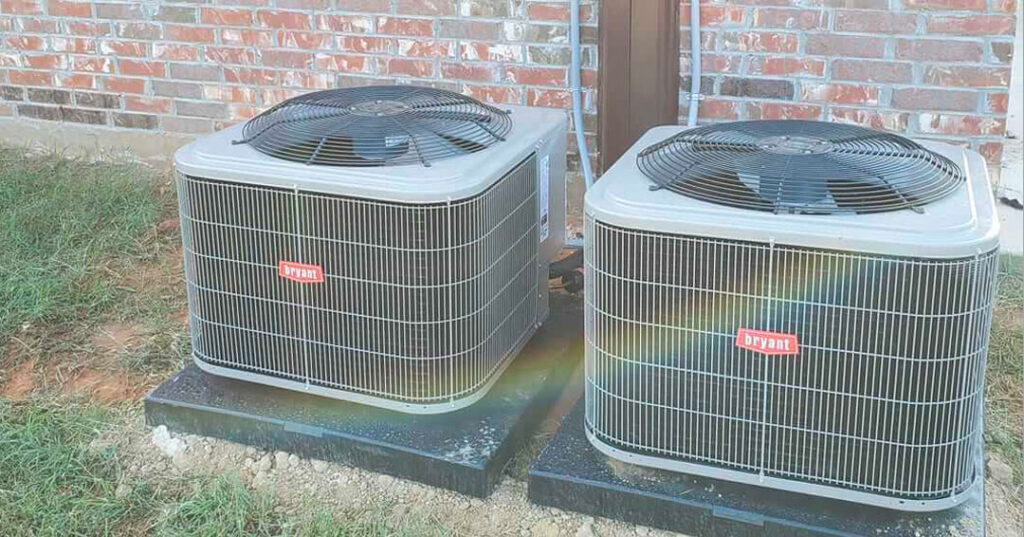
6. Low Refrigerant Levels
Issue: Refrigerant is essential for cooling your home. If levels are low due to leaks or improper charging, your AC won’t cool effectively, leading to temperature inconsistencies.
Solution: Contact an HVAC professional to check for refrigerant leaks and recharge the system if needed. Only licensed technicians should handle refrigerants.
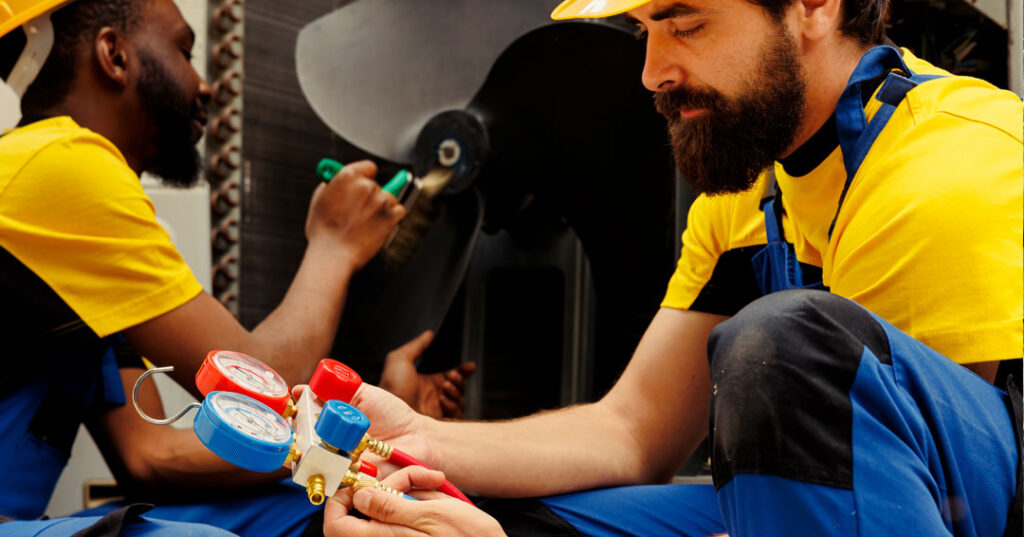
7. Worn-Out or Faulty Components
Issue: Over time, parts like capacitors, motors, and compressors can wear out, leading to decreased efficiency and inconsistent heating or cooling.
Solution: Schedule regular HVAC maintenance to check for worn-out components and replace them as needed before they cause major system failures.

8. Poor Home Insulation
Issue: Even if your HVAC system is working properly, poor insulation in your walls, attic, or windows can cause significant temperature fluctuations.
Solution: Add insulation where needed, seal any gaps around windows and doors, and consider upgrading to energy-efficient windows for better temperature retention.
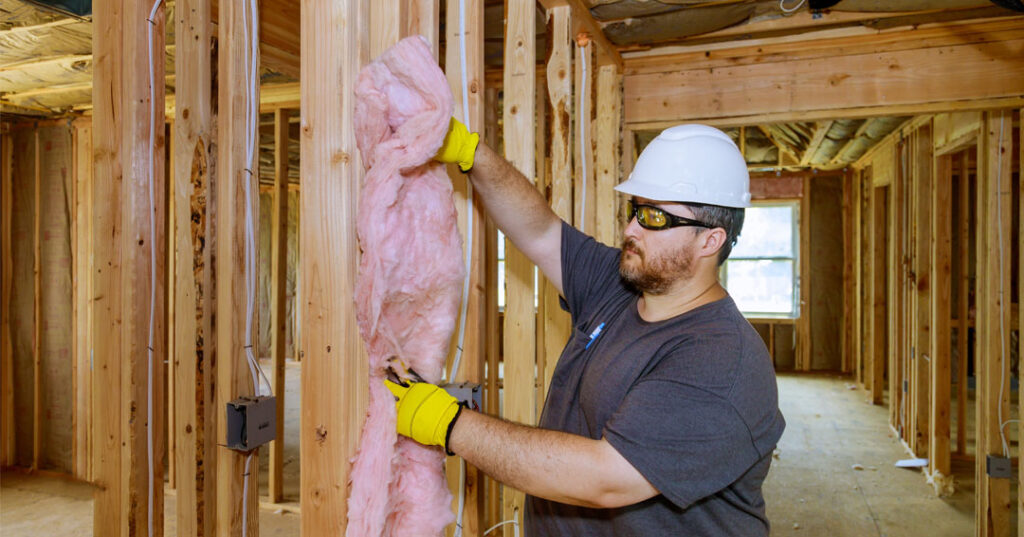
9. Lack of Regular Maintenance
Issue: Skipping regular HVAC maintenance can lead to inefficiencies and unexpected breakdowns that affect your home’s comfort.
Solution: Schedule professional HVAC maintenance at least once a year for both your heating and cooling systems to ensure they are running optimally.
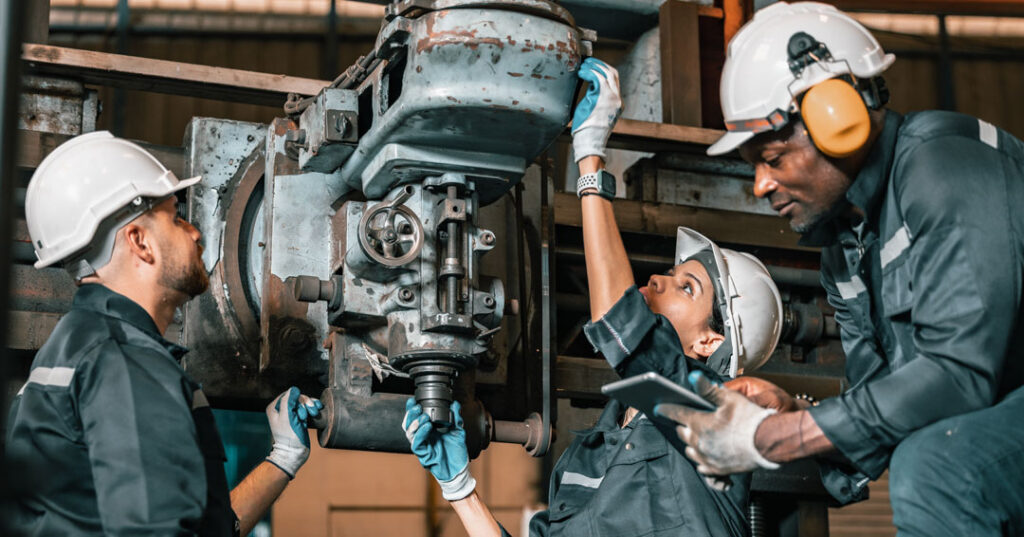
10. Aging HVAC System
Issue: If your HVAC system is over 10-15 years old, it may struggle to maintain consistent temperatures due to wear and outdated technology.
Solution: Consider upgrading to a modern, energy-efficient HVAC system to improve comfort and reduce energy costs.
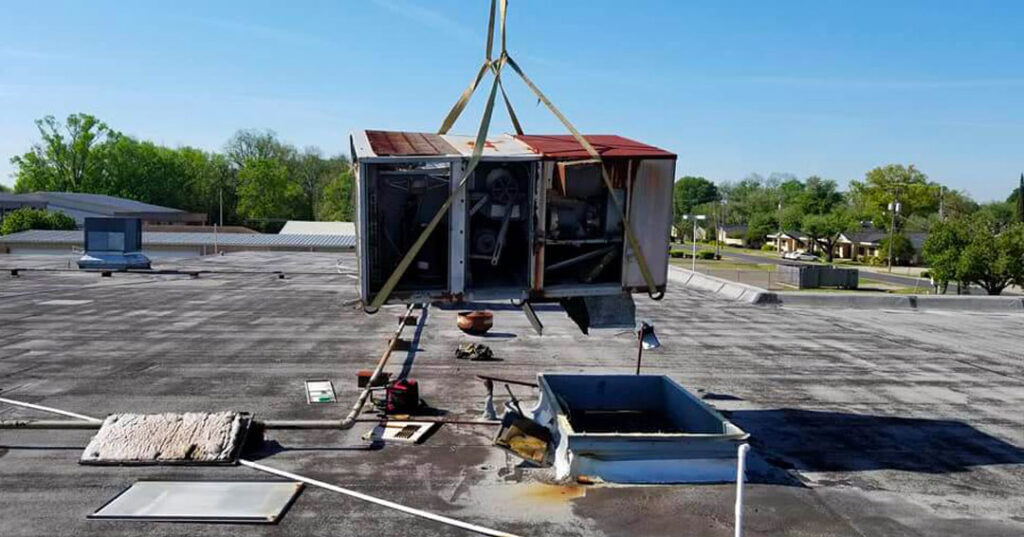
Final Thoughts
Maintaining a comfortable indoor temperature requires a well-functioning HVAC system. By addressing these common issues, you can improve your home’s heating and cooling efficiency while ensuring a comfortable living environment. If you’re unsure about the cause of your HVAC problems, contact WMS Heating & Air Conditioning for a professional inspection and expert solutions tailored to your needs.